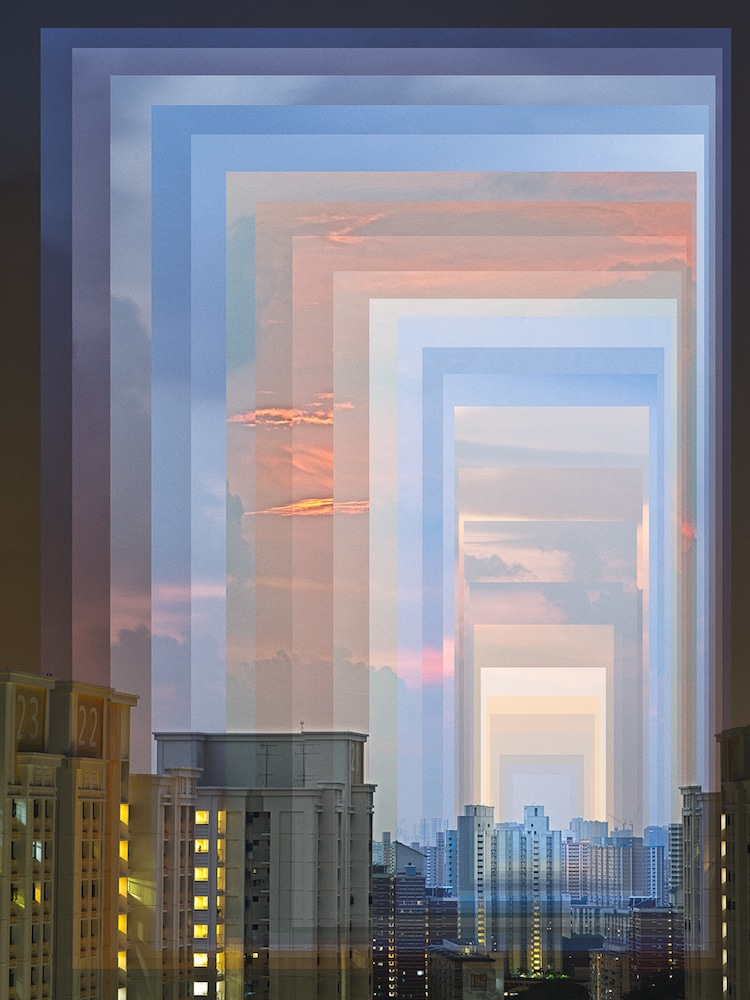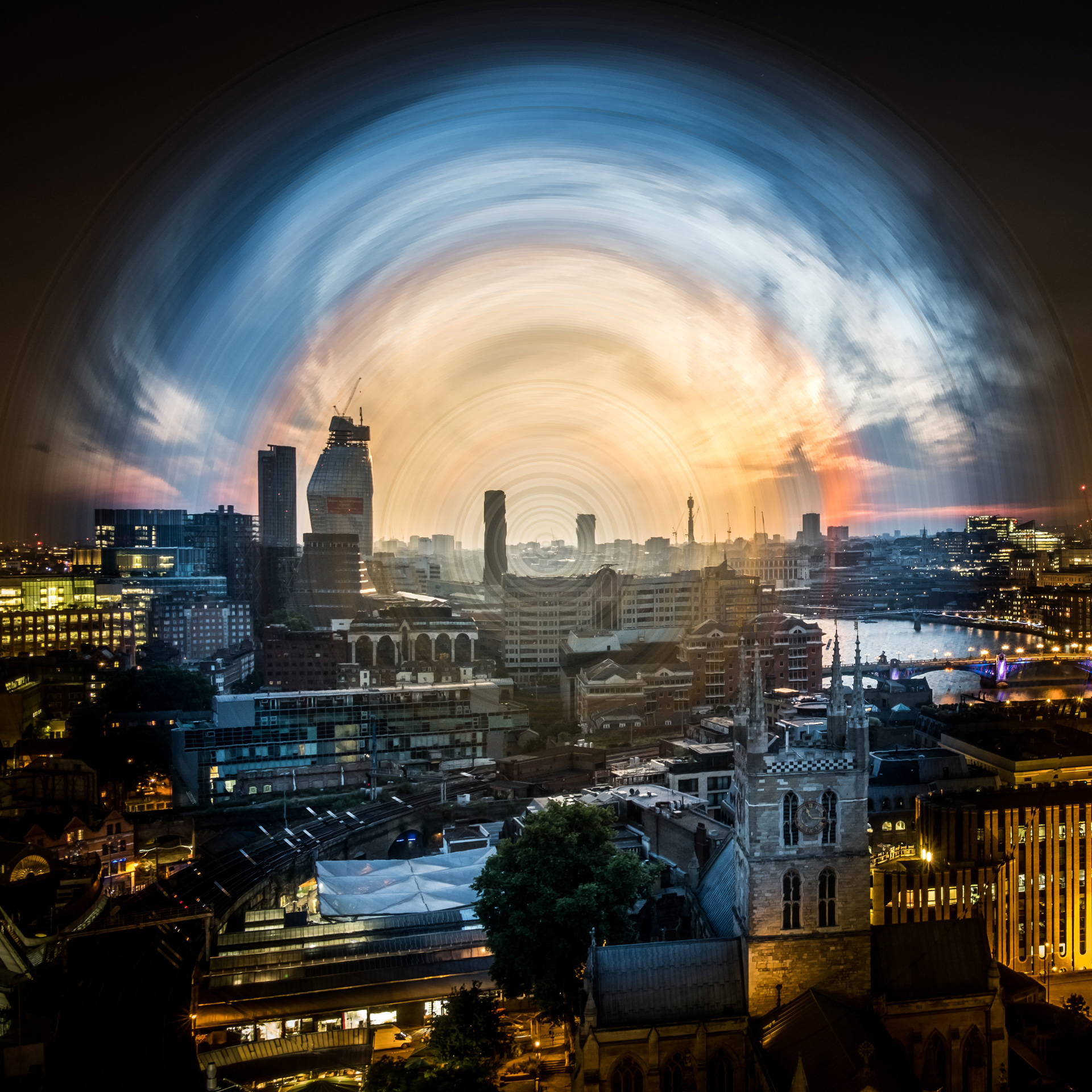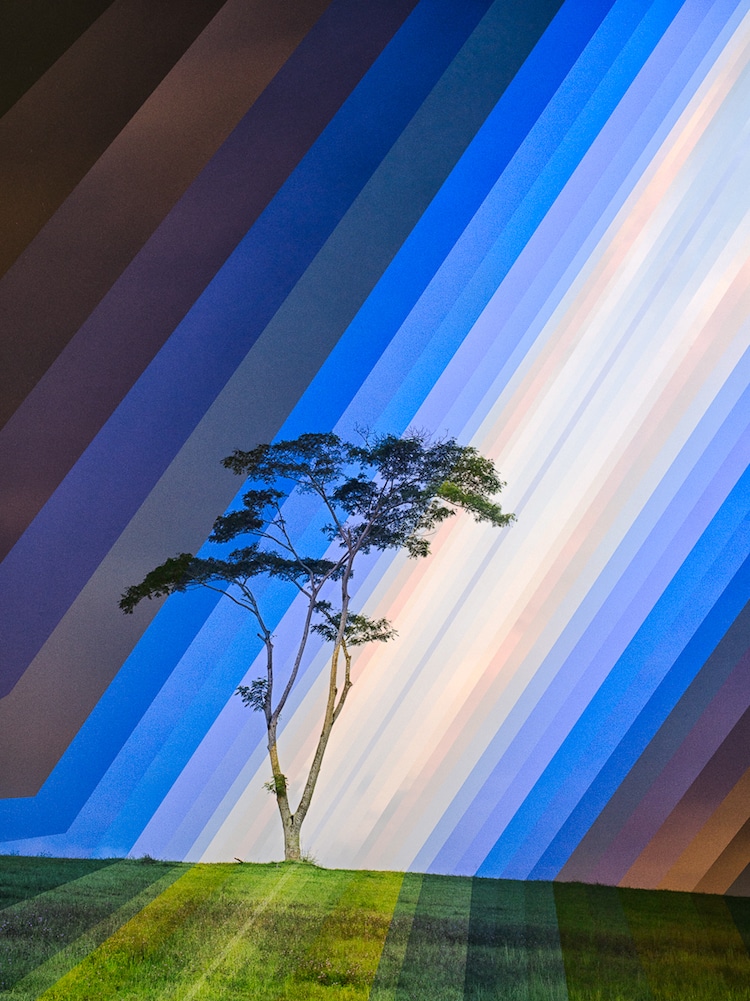
Image_piece = Image ( filename = image_filename ) end_x = start_x + cropped_width * 2 image_piece. Height, and cropped_width are the same as before): # Use the first image as a base and draw all the other images onto it.įirst_image = Image ( filename = image_filenames ) for image_filename in image_filenames : # Crop out the portions of this image that will appear in the slice.

This new approach looks like this (again, shortened for brevity width, Provides a composite() method on Image instances that can take in other Image It wasn’t actually necessary to save the temporary images to disk, because Wand It - the slices combined much more seamlessly as a result. Lot of diagrams before I got all the pixel placements correct, but it was worth This took a while to get working, and I had to draw a Slice translucent at each edge, with the level of opacity relative to theĭistance from the edge. My next thought was to make the slices overlap and blend them by making one Better combining using translucent images and compositing Then I would get a better idea of what I needed to paint.

If I could find a way to blend the slices more, Which isn’t bad – in fact, it’s exactly what I was trying to generate – but Then, running convert tmp_*.png output.png would result in the following save ( filename = cropped_filename ) start_x += cropped_width crop ( start_x, 0, start_x + cropped_width, height ) # Assume cropped_filename is something like tmp_01.png for 01.png. # dimensions are the same for all images.Ĭropped_width = width / len ( image_filenames ) start_x = 0 for image_filename in image_filenames : image = Image ( filename = image_filename ) image. Worked something like this: # Assume width & height are derived from the first image, and that the
Timeslice photography code#
The code has been shortened for brevity, but it Saved all the cropped images to disk and joined them using the convert My first attempt at joining the images was fairly inefficient, because I Which, at least for me, is so much more pleasant than trying to remember the Stuff like this: from wand.image import Image image = Image ( filename = 'image.png' ) image. Wand, which is a wonderful Python wrapper for ImageMagick that lets you do To make things simpler for myself, I installed the Python package ImageMagick, which is a set of open-source command-line tools for image Now I just had to combine the images in a seamless way. Naive combining using ImageMagick +append Hudson river, which would be quite undignified in a painting.Įventually, I obtained 40 1920x1080 PNG files, showing the Manhattan skyline at various Have to run it multiple times, because I kept getting shown banner ads in the (Bash and I just don’t getĪlong very well.) I also made the wise decision of writing it on one line, so IĬould easily re-run the script if something went wrong. Without wanting to bash my head on my keyboard. Incidentally, this is approximately the longest bash script I am able to write The following bash script in a terminal window before starting the video in Great example of why abbreviations aren’t always a good idea. Taking screenshots with scrotįirst, I installed the command-line screenshot application, scrot, which is a Read on to discover the exciting details. Time-slice photograph, but it was a rather involved and painful process that As you can see, I did manage to convert that video into a I put that through and got the following That wasn’t a problem, because Iįound this beautiful timelapse video on YouTube: So I’d have to make my own source photograph. Which is understandable,īecause taking a photo from the same position every few minutes must get tiring Were taken over a time period longer than 3 hours.


On PetaPixel that I would have loved to use, but unfortunately none of them Source photographs, I found some gorgeous ones by photographer Dan Marker-Moore Time-slice, preferably with both day and night shown. So that became my next art project: painting the Manhattan skyline as a Together more seamlessly than would be possible in a photograph. Paint, since the nature of the medium means you could make the slices blend It’s a really cool technique that I’ve always wanted to try reproducing through Which featured the Manhattan skyline over a period of 30 minutes around dusk. I recently came across a neat example of time-slice photography,


 0 kommentar(er)
0 kommentar(er)
